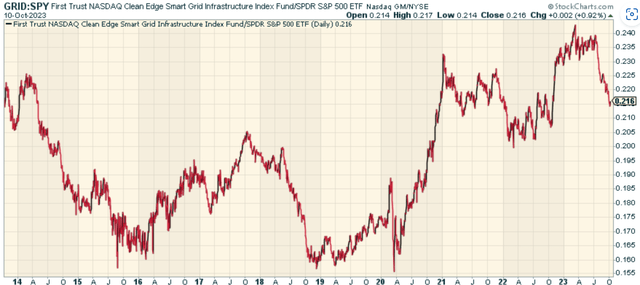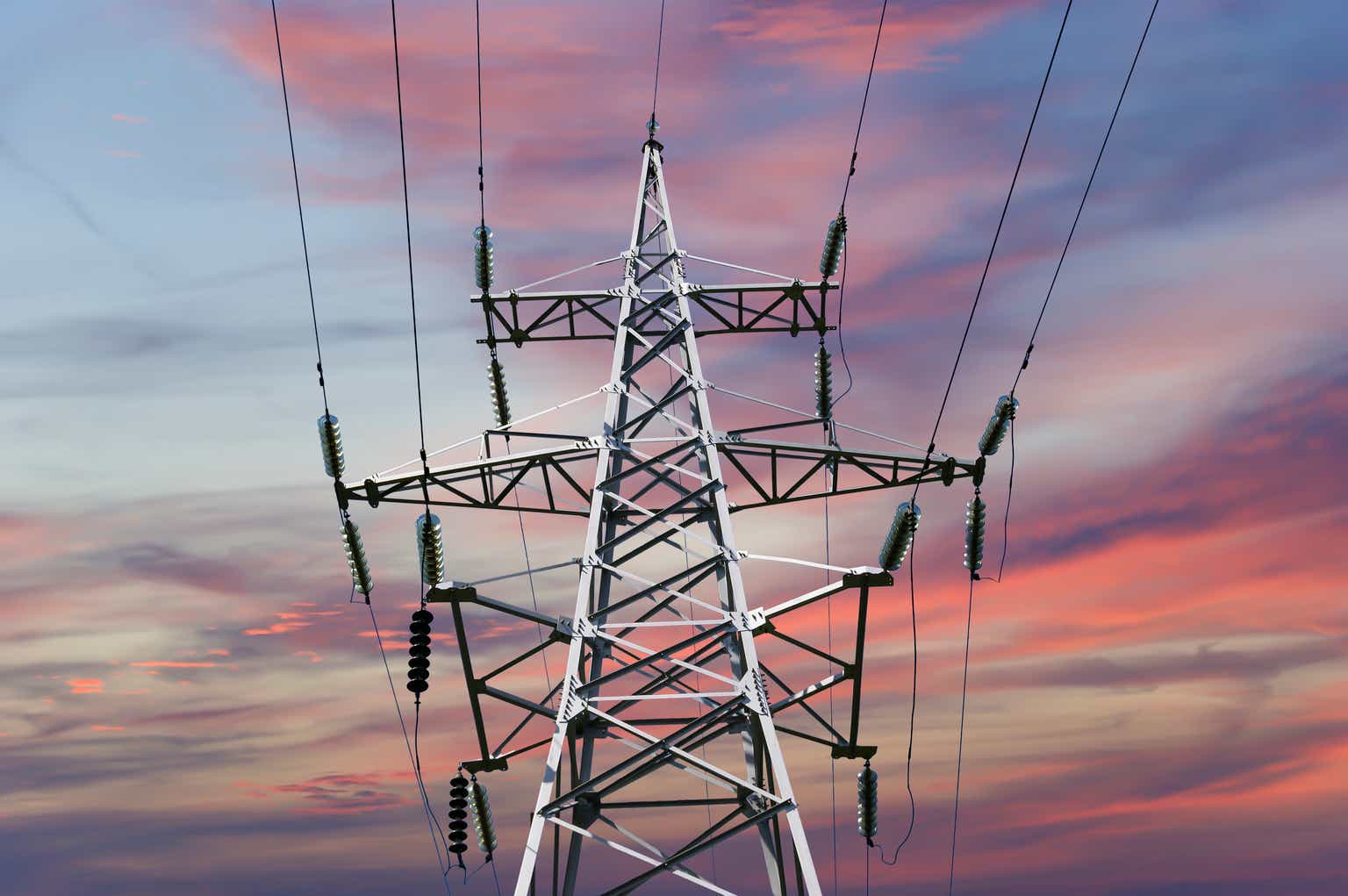Electricity is really just organized lightning. – George Carlin.
With the ever-increasing adoption of electric vehicles (EVs), it’s evident that the electric grid is on the brink of a substantial overhaul. The anticipated surge in infrastructure spending to cater to this demand underlines an investment opportunity that shouldn’t be overlooked – the First Trust NASDAQ® Clean Edge® Smart Grid Infrastructure Index Fund ETF (NASDAQ:GRID).
The GRID ETF provides an investment gateway to companies mainly involved in the electric grid, energy storage and management, and the smart grid infrastructure sector’s enabling software. This fund, in the long term, is a substantial infrastructure play. It aims to replicate the Nasdaq Clean Edge Smart Grid Infrastructure Index™ performance before considering the fund’s expenses and fees.
Index Overview
Inclusion in the Index requires a security to meet specific criteria. According to Clean Edge, it must be recognized as a smart grid, electric infrastructure, and/or other grid-related activities company. It should also possess a minimum global market capitalization of $100 million, a minimum free float of 20%, and a minimum three-month average daily dollar trading volume of $500 thousand.
The Index employs a modified market-capitalization weighting methodology. With each evaluation, the securities are categorized as Pure Play or Diversified, with a collective weight of 80% and 20% in the index, respectively. The Index experiences rebalancing quarterly and reconstitution semi-annually. I like the way the index is structured and the rebalancing methodology.
Fund Performance
Given the significant growth of EVs and the increasing focus on the grid, one might expect this fund to have outperformed the broader equity market over the past decade. However, comparing GRID to the S&P 500 reveals a performance largely in line. This doesn’t necessarily cast a negative light on the fund, but it’s worth scrutinizing existing narratives.
stockcharts.com
Portfolio Information
The fund consists of a diverse set of holdings, including 100 different companies. These companies span various sectors, with a heavy emphasis on Electrical Components (28.65%), Diversified Industrials (11.67%), and Conventional Electricity (10.69%). No surprises here as it’s a Utilities play broadly.
ftportfolios.com
The global transition to clean energy and the electrification of the planet present a promising investment theme for the upcoming decade. GRID is well-positioned to benefit from this transition, as it owns large global companies that build the components required to build out electrical infrastructure and renewable energy capacity.
The ETF’s top holdings include companies such as Schneider Electric S.E. (OTCPK:SBGSF), Eaton Corporation plc (ETN), and National Grid plc (NGG), which are key players in the electrical transmission and distribution industry. Additionally, the fund also has exposure to companies like Enphase Energy, Inc. (ENPH) and SolarEdge Technologies (SEDG) that are at the forefront of the renewable energy equipment space.
This is an important point to emphasize. Because some of the holdings are categorized as “clean energy” plays, some would view this fund as an ESG-friendly strategy. This can be both a blessing and a curse, given strong viewpoints on both sides of the debate. Yes, it should be a broader tailwind, but so much of that incremental investment dollar will be dependent on investment flows related to Oil and perception around drilling as opposed to a more immediate push towards electrification.
The Long-Term Investment Theme
The global transition to clean energy and the electrification of the planet present a promising investment theme for the upcoming decade. GRID is well-positioned to benefit from this transition, as it owns large global companies that build the components required to build out electrical infrastructure and renewable energy capacity.
The growth is real, and the trend is undeniable. The global electric power transmission and distribution equipment market size is expected to hit around $385.25 billion by 2032, expanding at a CAGR of 5.9% over the forecast period 2023 to 2032. This projected growth presents a significant opportunity for the GRID ETF and its investors. Having said that, it’s questionable whether this will sustainably outperform a broad basket core allocation.
I say this because infrastructure plays seem to continuously take a backseat to Technology momentum, which drives large-cap averages. Remember that the Utilities sector is often the smallest sector allocation of most major averages. That alone makes it hard for a fund like this to outperform when market-cap passive weighted flows don’t largely benefit utility companies more broadly.
Having said that, I still like the fund long term, but for a large allocation, I think it needs to show some relative strength commensurate with the strength of the electrification narrative.
Read the full article here












